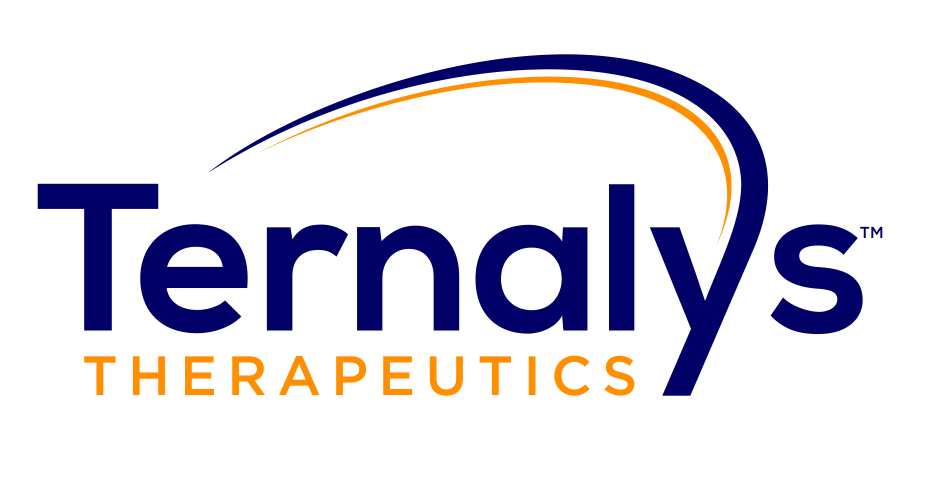Articles
Noncoding RNA Therapeutics – Challenges and Potential Solutions
Nature Reviews Drug Discovery, Vol 20, 629-651 (2021)
WINKLE M, EL-DALY SM, FABBI M, ET AL.
The Nuclear DICER–circular RNA Complex Drives the Deregulation of the Glioblastoma Cell microRNAome
Science Advances. Vol. 6, Issue 51 (2020)
BRONISZ A, ROOJ AK, KRAWCZYNSKI K, ET AL.
Engineering, Delivery, and Biological Validation of Artificial microRNA Clusters for Gene Therapy Applications
Nature Protocols. 14, 3538–3553 (2019)
BHASKARAN V, YAO Y, BEI F, ET AL.
The cellular machinery regulating microRNA biogenesis and maturation relies on a small number of simple steps and minimal biological requirements and is broadly conserved in all eukaryotic cells. The same holds true in disease. This allows for a substantial degree of freedom in the engineering of transgenes capable of simultaneously expressing multiple microRNAs of choice, allowing a more comprehensive modulation of microRNA landscapes, the study of their functional interaction, and the possibility of using such synergism for gene therapy applications. We have previously engineered a transgenic cluster of functionally associated microRNAs to express a module of suppressed microRNAs in brain cancer for therapeutic purposes. Here, we provide a detailed protocol for the design, cloning, delivery, and utilization of such artificial microRNA clusters for gene therapy purposes. In comparison with other protocols, our strategy effectively decreases the requirements for molecular cloning, because the nucleic acid sequence encoding the combination of the desired microRNAs is designed and validated in silico and then directly synthesized as DNA that is ready for subcloning into appropriate delivery vectors, for both in vitro and in vivo use. Sequence design and engineering require 4–5 h. Synthesis of the resulting DNA sequence requires 4–6 h. This protocol is quick and flexible and does not require special laboratory equipment or techniques, or multiple cloning steps. It can be easily executed by any graduate student or technician with basic molecular biology knowledge.
The Functional Synergism of MicroRNA Clustering Provides Therapeutically Relevant Epigenetic Interference in Glioblastoma
Nature Communications. 10, 442 (2019)
BHASKARAN V, NOWICKI MO, IDRISS M, ET AL.
MicroRNA deregulation is a consistent feature of glioblastoma, yet the biological effect of each single gene is generally modest, and therapeutically negligible. Here we describe a module of microRNAs, constituted by miR-124, miR-128 and miR-137, which are co-expressed during neuronal differentiation and simultaneously lost in gliomagenesis. Each one of these miRs targets several transcriptional regulators, including the oncogenic chromatin repressors EZH2, BMI1 and LSD1, which are functionally interdependent and involved in glioblastoma recurrence after therapeutic chemoradiation. Synchronizing the expression of these three microRNAs in a gene therapy approach displays significant anticancer synergism, abrogates this epigenetic-mediated, multi-protein tumor survival mechanism and results in a 5-fold increase in survival when combined with chemotherapy in murine glioblastoma models. These transgenic microRNA clusters display intercellular propagation in vivo, via extracellular vesicles, extending their biological effect throughout the whole tumor. Our results support the rationale and feasibility of combinatorial microRNA strategies for anticancer therapies.
MicroRNA Therapeutics: Towards a New Era for the Management of Cancer and Other Diseases
Nature Reviews Drug Discovers, Vol 16, 203-222 (2017)
RUPAIMOOLE R AND SLACK FJ
MicroRNA-128 Coordinately Targets Polycomb Repressor Complexes in Glioma Stem Cells
Neuro-Oncology 15, 1212–1224 (2013)
PERUZZI, P, BRONISZ A, NOWICKI MO, ET AL.
Presentations
Ternalys Corporate Overview
Locust Walk RNA Innovation Conference, May 9, 2023
MOCH K., PERUZZI P., CHIOCCA N.

Massachusetts General Brigham’s World Medical Innovation Forum. May 3, 2022
PERUZZI P.

